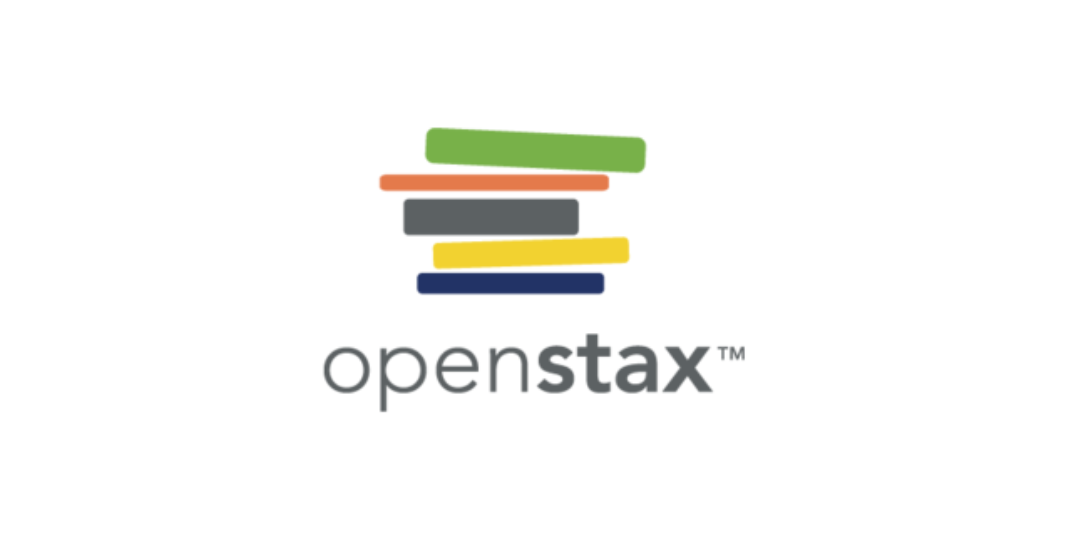Community college students make up more than 40% of the nation’s undergraduate population, yet they continue to face significant barriers to completing a bachelor’s degree. Although 80% of these students begin their postsecondary journey with the intention of earning a four-year degree, only 13% reach that goal within eight years, according to the U.S. Department of Education. This gap between aspiration and attainment reflects a pressing national challenge—and a critical opportunity for systemic reform.
Traditionally, transfer policies and pathways have primarily focused on transitions from community colleges to public universities. However, this narrow focus overlooks the potential of independent colleges, which often provide distinctive educational benefits such as liberal arts curricula, smaller class sizes, and high-impact mentoring experiences. Despite these advantages, many students are deterred from transferring to independent institutions due to inconsistent credit recognition and fragmented information about degree requirements. Research shows that community college students who succeed in transferring to a four-year school lose, on average, 43% of their earned credits, amounting to lost time and financial resources that disproportionately affect low-income and first-generation students.
Beyond student-level consequences, the issue of credit loss and underdeveloped transfer pathways poses challenges for institutions themselves. Colleges and universities across the country are preparing for a projected long-term decline in the number of traditional-age students—a demographic trend often referred to as the “enrollment cliff.” This shift threatens to reduce the pipeline of first-time-in-college students and place financial pressure on many institutions. To maintain enrollment and ensure long-term sustainability, colleges must expand their reach to include nontraditional student populations, particularly community college students seeking to complete a bachelor’s degree.
Establishing well-defined, accessible transfer pathways with community colleges offers a strategic solution to these challenges. Such pathways not only increase the likelihood of student success and degree completion, but also create new opportunities for institutions looking to stabilize enrollment.
Recognizing this, the Teagle Foundation and AVDF launched a joint initiative in 2020 to support statewide efforts aimed at improving transfer to independent liberal arts colleges. Through this initiative, participating states receive funding to design and implement strategies that improve credit mobility, clarify degree requirements, and expand access for transfer students.
As part of the national initiative to improve transfer pathways, Ithaka S+R conducted an independent evaluation and developed the Playbook for Transfer Pathways to the Liberal Arts. The research-based guide offers a comprehensive framework for designing and sustaining statewide transfer pathways between community colleges and independent liberal arts institutions.
“Community college students represent an essential—and too often underserved—pathway to bachelor’s degree attainment in this country. With the playbook, we now have a clear, research-based roadmap for how states and institutions can work together to remove longstanding barriers to transfer and support student success,” said AVDF President Michael Murray.
Drawing on the experiences of grantees across 14 states, the playbook outlines actionable strategies such as collaborative goal-setting, infrastructure development, stakeholder engagement, and the integration of technology—including digital tools like transfer portals.
An example of such technology in action can be found in North Carolina. The North Carolina Independent Colleges and Universities (NCICU), in partnership with several philanthropic foundations, are launching an innovative online portal to simplify and streamline the transfer process for community college students. Developed with support from Acadeum, a company specializing in digital higher education solutions, the portal exemplifies how technology can be utilized to improve credit mobility and support degree completion.
Funded by AVDF, the Teagle Foundation, the Gates Foundation, the ECMC Foundation, the Belk Foundation, and the Lumina Foundation, the $1.3 million statewide initiative brings together data from nearly 100 institutions into a centralized, user-friendly platform. By allowing students, academic advisors, and admissions officers to easily access and assess credit transfer policies, the portal eliminates guesswork, reduces barriers to enrollment, and promotes transparency across institutions.
Importantly, the NCICU portal reflects and reinforces the guidance provided in the Playbook for Transfer Pathways to the Liberal Arts. It demonstrates how cross-sector collaboration, informed by rigorous evaluation and grounded in best practices, can lead to meaningful innovation in higher education.
The original edition of the playbook, released in 2022, captured early lessons from six pioneering states participating in the initiative. The updated and expanded version builds on these foundations by incorporating insights from the following 14 grantee states: Connecticut, Iowa, Maine, Massachusetts, Michigan, Minnesota, New Hampshire, North Carolina, Ohio, Oregon, Rhode Island, Vermont, Virginia, and Washington. These states are at varying stages of implementation, offering a broad spectrum of examples and experiences that continue to shape the evolving field of transfer reform.
The playbook outlines three key pillars for effective transfer initiatives: (1) determining collective goals that reflect the needs and priorities of both state associations and individual institutions; (2) establishing strong initiative infrastructure, including leadership, faculty engagement, and external expertise; and (3) ensuring long-term success and sustainability through targeted student supports, robust financial aid, curriculum alignment, and evaluation of outcomes. One of its notable recommendations is the importance of state-or-consortium-level approaches, which enable broader alignment, reduce barriers to credit transfer, and encourage the development of shared digital tools.
As higher education continues to confront the implications of the “enrollment cliff,” initiatives like the playbook provide guidance on models that are scalable and adaptable for institutions nationwide. To learn more about the Playbook for Transfer Pathways to the Liberal Arts, click here.
Back to all Stories


